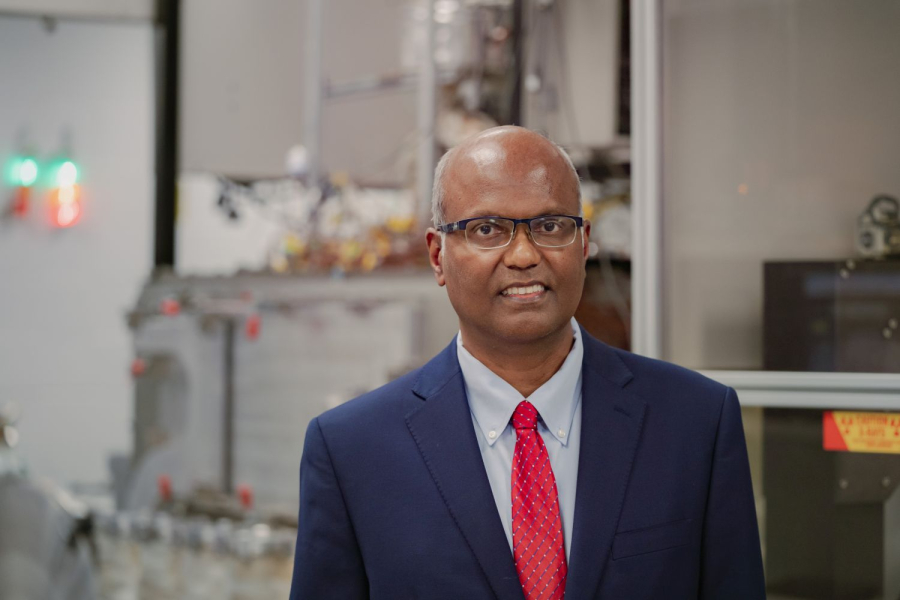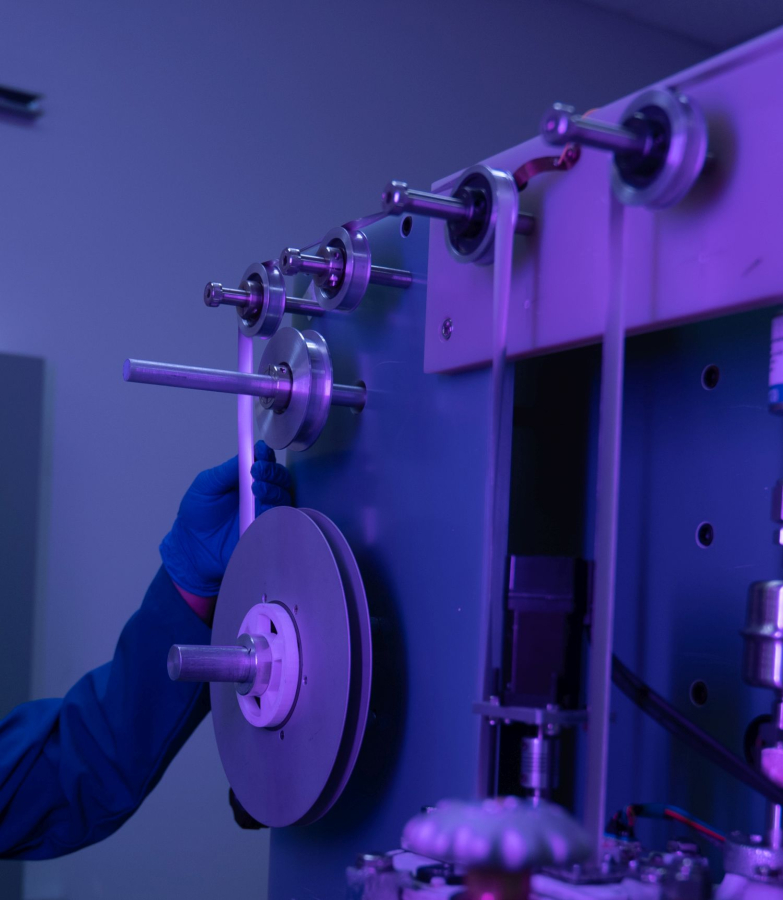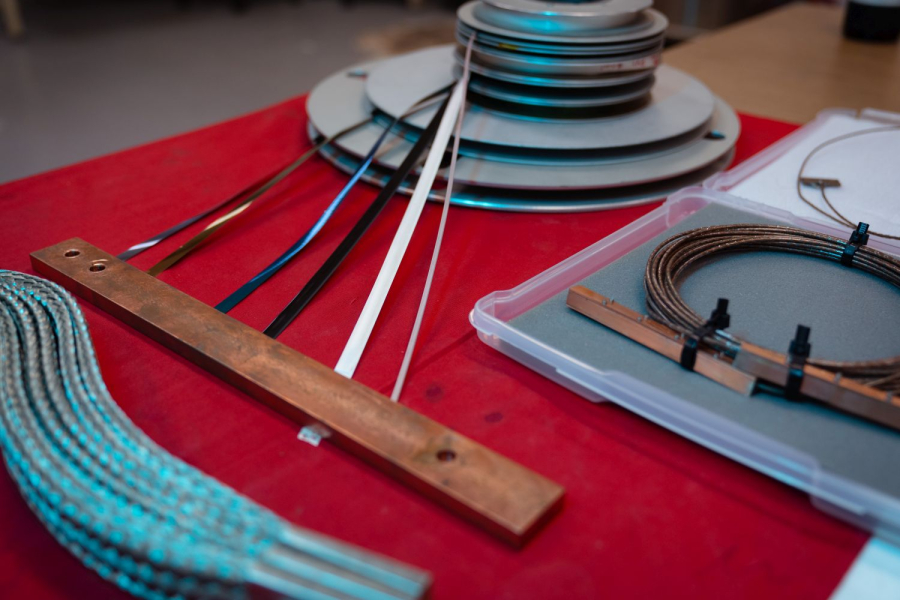A University of Houston research team, the Selva Research Group, is one of seven teams that advanced to the final stage of the U.S. Department of Energy’s Conductivity-enhanced materials for Affordable, Breakthrough Leapfrog Electric and thermal applications Conductor Manufacturing Prize or CABLE Prize.
The three-stage DOE competition has committed up to $4.5 million to accelerate the development of affordable, manufacturable materials that conduct electricity more efficiently and help propel America into a clean energy economy.
The UH team’s “Super Cool Conductor,” a very thin wire, is a rare-earth, high-temperature superconductor that can be manufactured at half the cost of copper cables that are currently used for power transmission in most cities.
The Selva Group won the first stage of the CABLE competition in 2021 by successfully demonstrating its breakthrough conductive material – the UH high-performance superconductor – for electrical and thermal energy applications. In the second stage, the teams had to provide a sample of their material for evaluation by CABLE prize-approved testing labs. The UH conductor successfully competed in the Beat Copper contest and demonstrated the potential to replace copper in motors, cables and generators. In addition, the unique magnetic properties of the superconductor make it well-suited for use in compact fusion power plants and other similar uses according to the DOE website.
Venkat Selvamanickam, head of the Selva Research Group, M.D. Anderson Chair Professor of Mechanical Engineering, and director of the Advanced Manufacturing Institute, is justifiably proud of his team and this second win.
“While there is a strong track record of the University of Houston in materials discoveries and innovations, our success in the CABLE competition showcases the capability of the Selva Research Group and the University in scaling up laboratory-scale advances to manufacturing,” Selvamanickam said. “Our success demonstrates that a robust manufacturing research infrastructure in academia can be effective in transitioning innovations out of the lab to benefit society.”
Each Stage 2 winning team earned $200,000 in cash and more in vouchers. The seven winners advance to the third and final stage of the competition, where they will have to develop a detailed business plan for their product and manufacture a larger sample of their materials for additional testing. Up to four teams will eventually split a total prize pool of at least $2 million at the end of Stage 3.
Selvamanickam and his team feel ready to meet the challenge of this final round.
The high-performance superconductor tapes produced by the Selva Group are already used to make small-scale prototypes of magnets, coils and cables by different partner entities. The team is working to scale up its technology to pilot-scale manufacturing of longer tapes needed for full-scale devices, within three years.
“The students and researchers in the Selva Research Group have been diligently advancing our high-performance superconductor technology, overcoming many technical hurdles in every stage,” Selvamanickam said. “All of us are motivated to realize our ultimate goal of superconductors powering the clean energy future.”
Selvamanickam is recognized globally for his research to develop better manufacturing technologies for thin film superconductor wire. His team was the first to manufacture thin film superconductor wire, which was used in 2008 to power 25,000 households in Albany, N.Y., and now is used by more than 200 institutions around the world for such things as wind generators, energy storage, power transmission cables, magnetically levitated trains, medical imaging and defense applications.
“We are proud of the work Dr. Selvamanickam and his team are doing to overcome obstacles and make this innovative and affordable wire technology available for broadscale commercial use,” said Ramanan Krishnamoorti, vice president of energy and innovation at UH.


